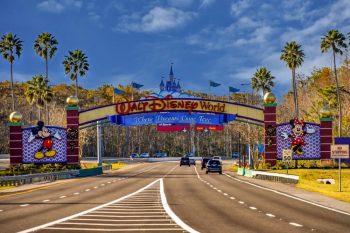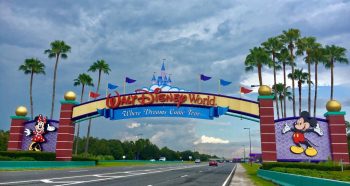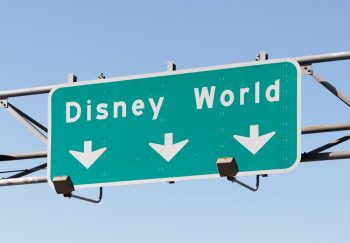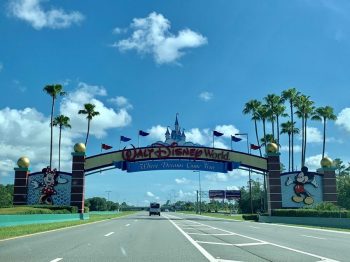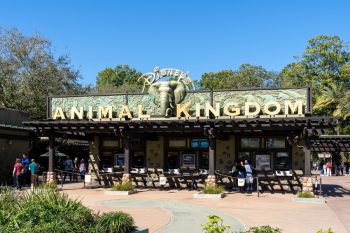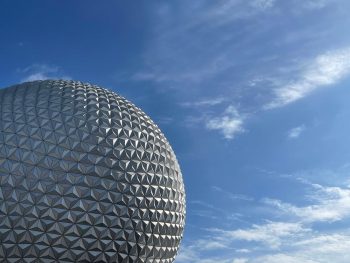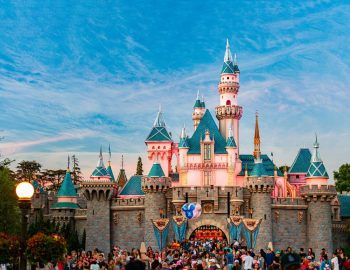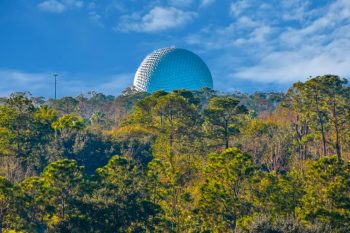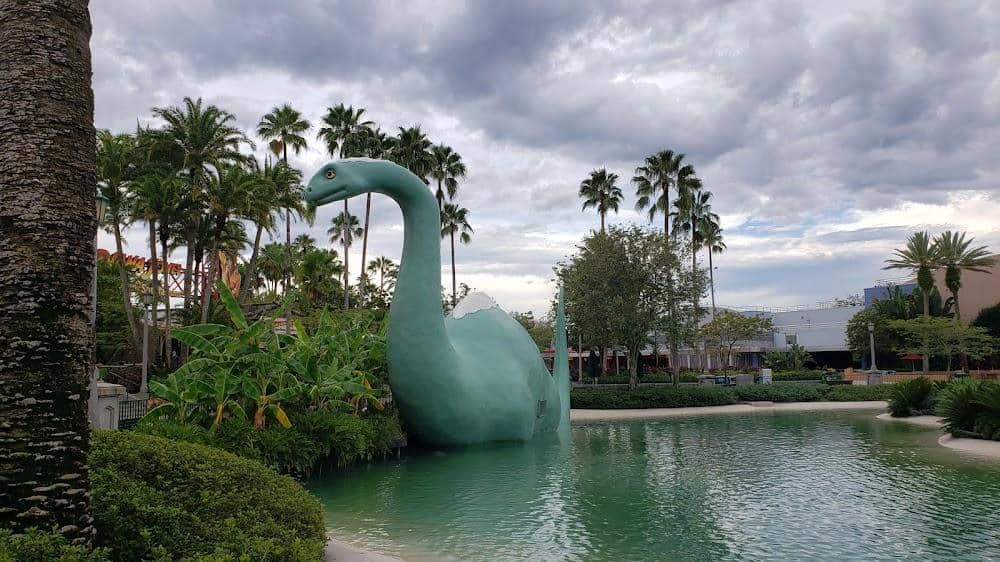
The animal kingdom, also known as Kingdom Animalia, is a diverse group of organisms that share a range of common characteristics. They are eukaryotic, multicellular, and heterotrophic, meaning they obtain their nutrients by consuming other organisms. However, amidst these shared traits, one stands out as truly unique to this kingdom – the presence of differentiated tissues.
This comprehensive article will delve into the details of this unique trait, its implications for animal biodiversity, and the challenges it faces due to environmental changes and human activities. It will also explore how these unique traits are being studied and anticipate future discoveries in relation to these characteristics.
The unique trait to the animal kingdom is the presence of differentiated tissues. These include nerve, muscle, and connective tissues, which are specialized to perform specific functions. This trait allows animals to have complex structures and perform a wide range of functions, contributing to their incredible diversity.
The Unique Trait: Differentiated Tissues
Differentiated tissues are a major characteristic unique to the animal kingdom. They include nerve, muscle, and connective tissues, which are specialized to perform specific functions. These tissues allow animals to have complex structures and perform a wide range of functions, contributing to their incredible diversity.
For example, nervous tissue contains neurons that transmit nerve impulses, while muscle tissue enables movement. The development of specialized tissues and structures has led to a wide range of body plans and morphological features among animals.
The Impact of Unique Traits on Biodiversity
Unique traits in the animal kingdom, such as specialized tissues, motility, heterotrophy, and sexual reproduction, contribute to the biodiversity of the animal kingdom by enabling animals to adapt to various environments, occupy different ecological niches, and evolve new species over time.
For example, most animals are motile, at least during certain life stages, which allows them to explore and adapt to different environments, find food, and escape predators. This motility contributes to the overall biodiversity of the animal kingdom by enabling animals to occupy various habitats and ecosystems.
Threats and Challenges to Unique Traits
Environmental changes and human activities pose significant threats and challenges to unique traits. Human activities, such as pollution, climate change, and population growth, can influence the traits (phenotypes) and genetic properties (genomes) of species, leading to indirect consequences. For example, human activities can influence the evolution of organisms such as agricultural pests, agricultural weeds, and bacteria.
Studying Unique Traits: Present and Future
Unique traits are being studied through various approaches, such as genetics, neuroscience, and behavioral research. Future discoveries may include a deeper understanding of the genetic and environmental factors that contribute to the development of specific traits and characteristics and identification of new genes and genetic variations that influence facial features.
In conclusion, the animal kingdom is a diverse and fascinating group of organisms with a unique trait – differentiated tissues. This trait, along with others, contributes significantly to the biodiversity of the animal kingdom. However, these traits face significant threats due to environmental changes and human activities. Continued research and conservation efforts are crucial for understanding and preserving the unique traits of the animal kingdom.
Frequently Asked Questions
What does it mean for an organism to be eukaryotic?
Being eukaryotic means that an organism’s cells contain a nucleus and other structures (organelles) enclosed within membranes.
What is heterotrophic nutrition?
Heterotrophic nutrition refers to organisms that cannot synthesize their own food and rely on other organisms — both plants and animals — for nutrition.
Can you give more examples of differentiated tissues in animals?
Yes, in addition to nerve, muscle, and connective tissues, other examples of differentiated tissues in animals include epithelial tissue (which covers body surfaces and lines body cavities) and blood (which transports nutrients and oxygen throughout the body).
What are some examples of human activities that threaten the traits of the animal kingdom?
Examples of human activities that threaten the traits of the animal kingdom include deforestation, overfishing, urban development, pollution, and the introduction of invasive species. These activities can lead to habitat loss, population decline, and even extinction of certain species.
What is meant by ‘genetic and environmental factors’ in the context of trait development?
Genetic factors refer to the genes inherited from parents, which play a major role in determining an organism’s characteristics. Environmental factors refer to external influences such as diet, climate, and exposure to toxins, which can also affect an organism’s traits.

